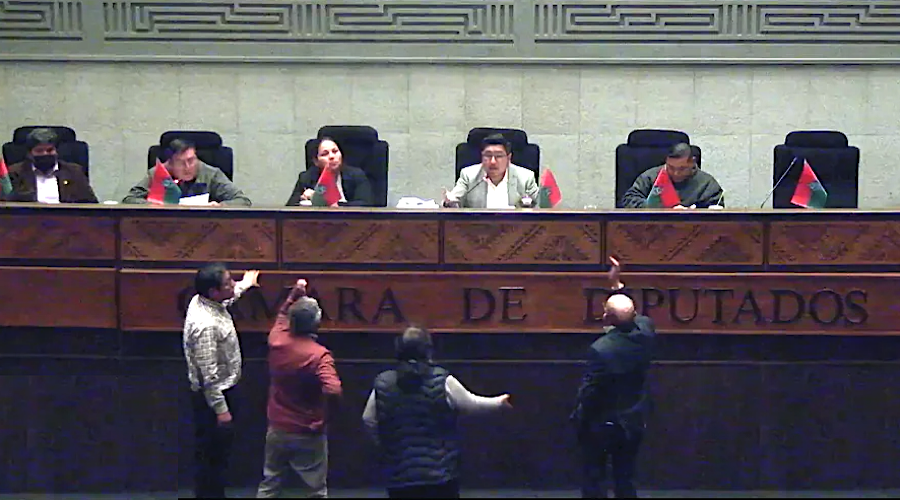Copper price: There’s something happening here. What it is ain’t exactly clear

Due to its widespread use in construction, communication and transport copper is a bellwether for the global metals industry.
Talk that the copper market is being manipulated by traders and that dramatic changes to global stockpiles of the red metal are distorting prices have become louder recently.
Like all industrial metals copper’s fortunes are largely determined by Chinese consumption. The recent slide in the copper price – down 3% last week to $3.72 a pound – is being driven by news that China is getting rid of its excess inventory to alleviate shortfalls elsewhere in the world.
Jiangxi Copper, China’s largest copper producer and smelter, is gearing up to export large quantities of the metal and up to last week when it fell 4%, copper stockpiles in Shanghai had almost doubled this year.
CRU, a London-based researcher, estimate that “China may hold as much as three quarters of the “spare” stock that is actually available to the market.”
These figures are in stark contrast to copper inventories in the rest of the world.
London Metal Exchange copper stocks have fallen roughly 135,000 tonnes this year to 235,200 tonnes, the lowest levels since the 2008 recession.
The LME handles around 80% of global trade in metals futures and manages 600 metal warehouses around the world. The 134-year old exchange will accept official takeover bids next and is keen to expand into China.
With copper prices in backwardation since March, meaning stocks for delivery in three months are cheaper than for immediate delivery, the developments have not gone unnoticed by regulators and industry observers. From Reuters:
They [LME regulators] have since fine-tuned rules to deny “dominant holders” – defined as those controlling over half of stocks in any metal and cash positions – from profiting from that position. They are instead forced to give their metal away at scant profit.
But now some traders are suspected of shifting millions of tonnes of stocks around the world and taking some tonnages off warrant at the LME to ensure their positions, or holdings, meet regulators’ requirements while cornering the market. Often they own the warehouses storing the metal which helps the operation.
“It’s a fine line. Increasingly operators are a lot more sophisticated in how they keep on the right side (of market abuse regulations),” said analyst Robin Bhar at Societe Generale in London.
Reuters also reports that “many of those interviewed say commodity house Glencore has amassed a dominant position on the LME in copper. Glencore declined to comment.”
The Swiss firm currently has a merger offer for Xstrata before shareholders to create a $90 billion mining and trading powerhouse.
It’s not the first time the copper market has been the target of rogue traders.
In 1996, Japan’s Sumitomo Corporation lost $2.6 billion after the chief of the company’s copper trading arm attempted to corner the market over a ten-year period.
Yasuo Hamanaka became known as ‘Mr. Copper’ and ‘Mr. 5%’, believed to be the percentage of the global copper trade he was said to control. He left prison in 2005. The copper price has increased 4-fold since 1996.
Not only the base metals market is prone to manipulation. In the 1970s, the Hunt brothers at one stage controlled almost half the world’s tradeable silver, before changes in regulations caused the market to collapse.
It’s not just traders that are being fingered for market distortion.
Over and above trading stocks, including ‘strategic’ government reserves, China is estimated to have as much as 3 million tonnes of refined copper stockpiled – 40% more than just six months ago.
That’s led some industry watchers to conclude that the country has managed to corner the market, be that deliberately or not.
{{ commodity.name }}
{{ post.title }}
{{ post.date }}

4 Comments
Apiraven-mining
Is this the Frik from Frik & Frak? It’s what I believe to be and my estimation.
OnlyoneGary
From my observation on the article, I think China does it better than other players in the market
Ed233
“Believed to be” and “estimated” are terms that many writers use when that do not have a smidgen of evidence to back up their claims to form the base of their article. Where is the beef?????????????????/
Commoditiescritic
es·ti·mate
[v. es-tuh-meyt; n. es-tuh-mit, -meyt] Show IPA verb, es·ti·mat·ed, es·ti·mat·ing, noun
verb (used with object)
1.
to form an approximate judgment or opinion regarding the worth, amount, size, weight, etc., of; calculate approximately: to estimate the cost of a college education.
2.
to form an opinion of; judge.
Source: dictionary.com
e.g. I estimate that you are a person who believes that every incident of hearsay is true and that you have never reached an own opinion based on multiple sources of information. Of course, I could be wrong.